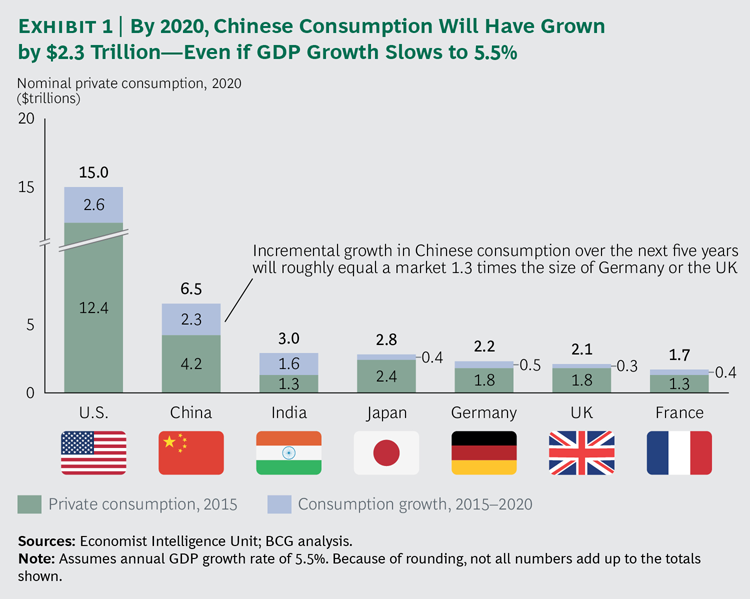Music has been used for decades in retail to create a connection with customers however music is not widely used in ecommerce. Music is part of consumer science to create an environment in which the customer wants to spend time in the shop and then based on the emotional connection it will then lead the consumer spend money in that specific shop. When I worked for an ecommerce business one of the most important beliefs that must be made known to team members is the importance of a conversion. Whether it be the putting the item in the cart, clicking on a button to create revenue – nothing must stop that from occurring. A San Francisco based startup, Feed.fm is using music to help brands connect with their customers via emotional connections.
Why music has not been seen inside ecommerce
When researching for my conversation with Jeff Yasuda, the CEO of Feed.fm, the impact that music has on conversions was consistently on my thoughts. Needless to say it was immediately dispelled and described as a myth.
Music has been a part of advertising (TV and radio ads) and retail for decades, yet when I look at ecommerce it is not widely seen. The movement to ecommerce and digital retail has been blocked by 3 factors according to Jeff:
- Licensing costs for music is high.
- Legal complexity – it takes a long time to legally be able to use music in a commercial environment. Lawyers who specialise in music rights are expensive and difficult to find.
- Finding the right music – everyone thinks they are a DJ and thus finding music can be emotive and not based on any relevant data.
Businesses also have a challenge in that they have to be able to connect with millennials and Generation Z who are interacting with brands mostly on mobile devices.
Continue Reading

